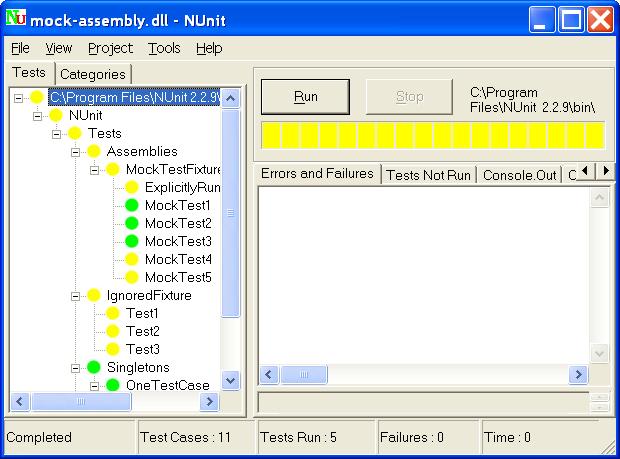This article's tone or style may not reflect the encyclopedic tone used throughout the wiki. See Wikipedia's article on tone for suggestions. |
This page or section refers to its readers or editors using I, my, we or us. It should be edited to be in an encyclopedic tone. |
| Difficulty level |
|---|
Beginner |
- Computer Programming - Assembly Programming Language - Code Examples Sample Codes - Make a Assembly Program with Assembly Code Examples - Learn Assembly Programming.
- About Assembly Assembly language (asm) is a low-level programming language, where the language instructions will be more similar to machine code instructions. Every assembler may have it's own assembly language designed for a specific computers or an operating system. Assembly language requires less execution time and memory.
- This feature is not really that important in programming assembly because you can write your codes in the notepad or any text editor applications. Add Tip Ask Question Comment Download 1 Person Made This Project!
MinGW is a native Win32 port of the open source GNU Compiler Collection, and can be used to write applications targeting Windows in languages such a C and C (see the MinGW web site for further details of the supported programming languages). MinGW also supports cross compilation, for example allowing you to build Windows applications using a.
In this tutorial we will assemble a small 16-bit assembly language kernel with NASM and boot it.
WARNING: Please see the Real Mode OS Warning page before continuing. |
|
Overview
You're probably going to sigh and dismiss yet another tutorial on writing operating systems in x86 assembly language, especially since this one uses real mode. But there's a catch to this one; it actually does more than printing 'Hello World' to the screen and halting.
For this, you'll need: Dont starve: shipwrecked download for mac.
- the latest version of NASM (2.05.01 as of November 28th, 2008)
- PARTCOPY on Windows or dd on Linux
- an emulator like QEMU, Bochs, or Microsoft Virtual PC
So what's it going to look like?
Well, there will be a single source file, the kernel. What about a bootloader? This is such a small kernel, we're not going to use a filesystem at all, we're just going to put the kernel into the first few sectors of the disk image!
The system will have a string printing call (of course), keyboard input, and a strcmp call similar to that of C, all packaged into less than a sector.
But I want a GUI and sound effects and all the Windows games to work on my OS..
What Is Gui Programming
So where's the code?
Here you go, go wild.
Assembly Gui Programming Tutorial


To assemble on Windows: Crystalline crack.
Or on Linux:
Those commands assemble your kernel binary and write them to the first disk (sda might be your system disk, so use sdb, sdc etc. according to your configuration. USB-sticks also appear as one of the 'sd' devices). Go ahead and test out your operating system now!
What next?
Why, that's up to you of course! You could add more commands, expand your OS to another sector and learn to use the BIOS sector load functions, add a stack and improve the calls, etc.
Have fun with your OS, however you decide to write it!
EDIT on December 12 2008: I've written a second part to this tutorial at Real mode assembly II. This and future parts will have less code to copy and paste and more theory!
